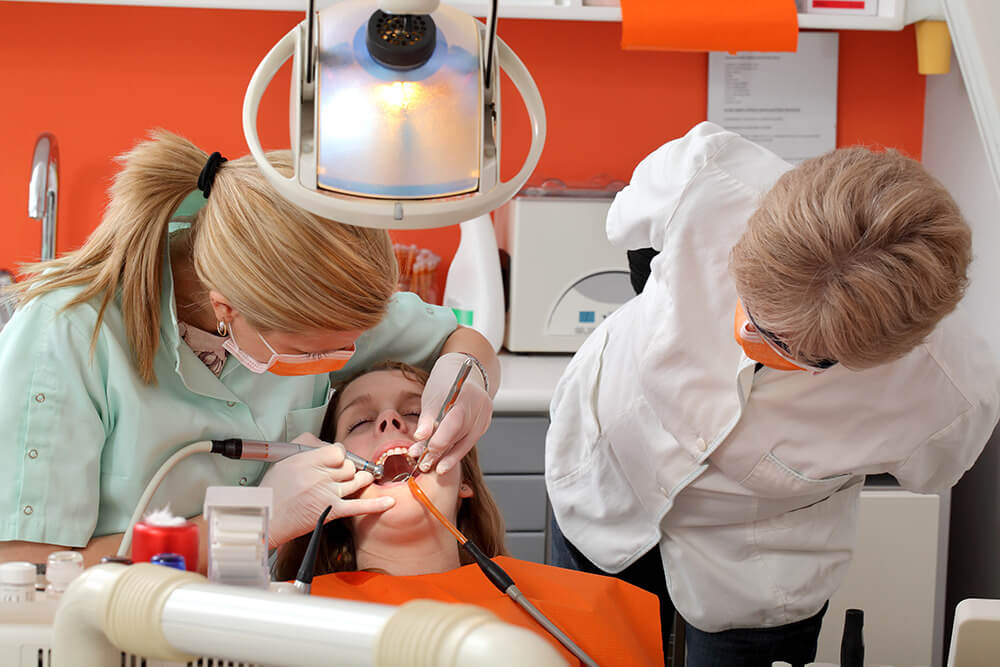
The Art of Influencing Our Patients Part 1: An Opportunity for Experiential Learning
All dental schools teach a system for doing a clinical examination. The goal is typically to gather as much information about current clinical conditions as possible, as efficiently as possible. It is an important aspect of patient care. The science of the exam is useful, but it misses the art of the examination. In my experience, it is often a missed opportunity
In dentistry, we are always trying to figure out the best way to influence our patients to make healthy choices for themselves. When I left Hygiene school, I thought it would be simple to influence patients. I thought that if I did a good examination, a good diagnosis, and then made a good presentation, patients would go ahead and do the treatment.
What I experienced when I was in practice was different. Over time, multiple conversations, and multiple interactions—in their own time and in their own way, patients would move forward with treatment. Sometimes it seemed random, but what I’ve come to understand now is that every interaction was an opportunity to influence the patient.
Every single interaction, with every single patient, by every single member of the dental team is an opportunity to influence.
I think most of us have learned over the years to be skillful at providing information. We know how to “Teach and Tell” what we are finding and recommending. But there is an aspect of that process that has to do with experience. What we have not always paid attention to is how we can go beyond information to create learning experiences for our patients.
When I see a baby touching grass, I imagine that the experience of learning about grass through the senses is entirely different than learning by being told about grass. Creating opportunities for people to interact physically with their own bodies is an opportunity we have in a number of different situations. We can do this during a consultation, but we really have this opportunity during an examination.
If we place priority on effectiveness over efficiency, we will do our exams with the intention of creating physical-sensory experiences, which can be as simple as having them touch their muscles as they touch their teeth together, sliding their jaw forward and side to side, finding a relaxed jaw position, tapping their teeth together, clenching, feeling fremitus with their tongue or finger, feeling the difficulty of flossing between tightly packed teeth, and taking us on a tour of their mouth in a mirror while telling us about their concerns. It’s natural to say, “Tell me more about that. Show me where.”
Consider the new patient exam as the initiation of an experiential learning process to influence our patients to make healthy choices.
The new patient exam is not “the one” opportunity we will have to influence patients. We’ll have many more opportunities, but it sets the tone for every conversation you will have with your patients about their health, about the conditions present in their mouth, about the implications of what is going on in their mouth, and some of the choices they might be able to make.
Job one is to engage the patient in discovering just how intriguing their mouth is and why the health of its various components matter for long-term comfort, function, beauty, and overall health.
Related Course
E1: Aesthetic & Functional Treatment Planning
DATE: October 3 2024 @ 8:00 am - October 6 2024 @ 2:30 pmLocation: The Pankey Institute
CE HOURS: 39
Dentist Tuition: $ 6500
Single Occupancy Room with Ensuite Bath (Per Night): $ 290
THIS COURSE IS SOLD OUT Transform your experience of practicing dentistry, increase predictability, profitability and fulfillment. The Essentials Series is the Key, and Aesthetic and Functional Treatment Planning is where your journey…
Learn More>







Personal relevance is the key to the door of change. Information without personal context, hence, without the understanding the meaning of the new information to the person, has little influence. The mistake, so nicely articulated by Mary here, is to think that we can motivate other people’s behavior via simply presenting important information (from our perspective), when in fact, we can only influence how a person perceives their situation which then self-motivates them -or not. So, it’s the narrative that the person builds (or defends) that actually motivates a person’s behavior: “I never realized my teeth looked this bad,” “I had no idea that some of my teeth are loose, that’s a scary thought,” “I think I need to shift my priorities around a little bit and pay more attention to what’s happening in my mouth,” “My teeth have always looked that way, it’s a family trait, we all loose our teeth eventually, so why should I try and stop the inevitable – Can you do an “all on 4”?” – and so on. Do we know much about each person’s self-narrative? Bob Barkley used to ask, “What is your patient’s philosophy?” It’s only after we “know” our patients on a deeper level that we are able to more effectively influence their decision-making process. Can he help them change their self-narratives and therefore behavior? You bet, but it takes time and truly caring.
Thank you Mary!